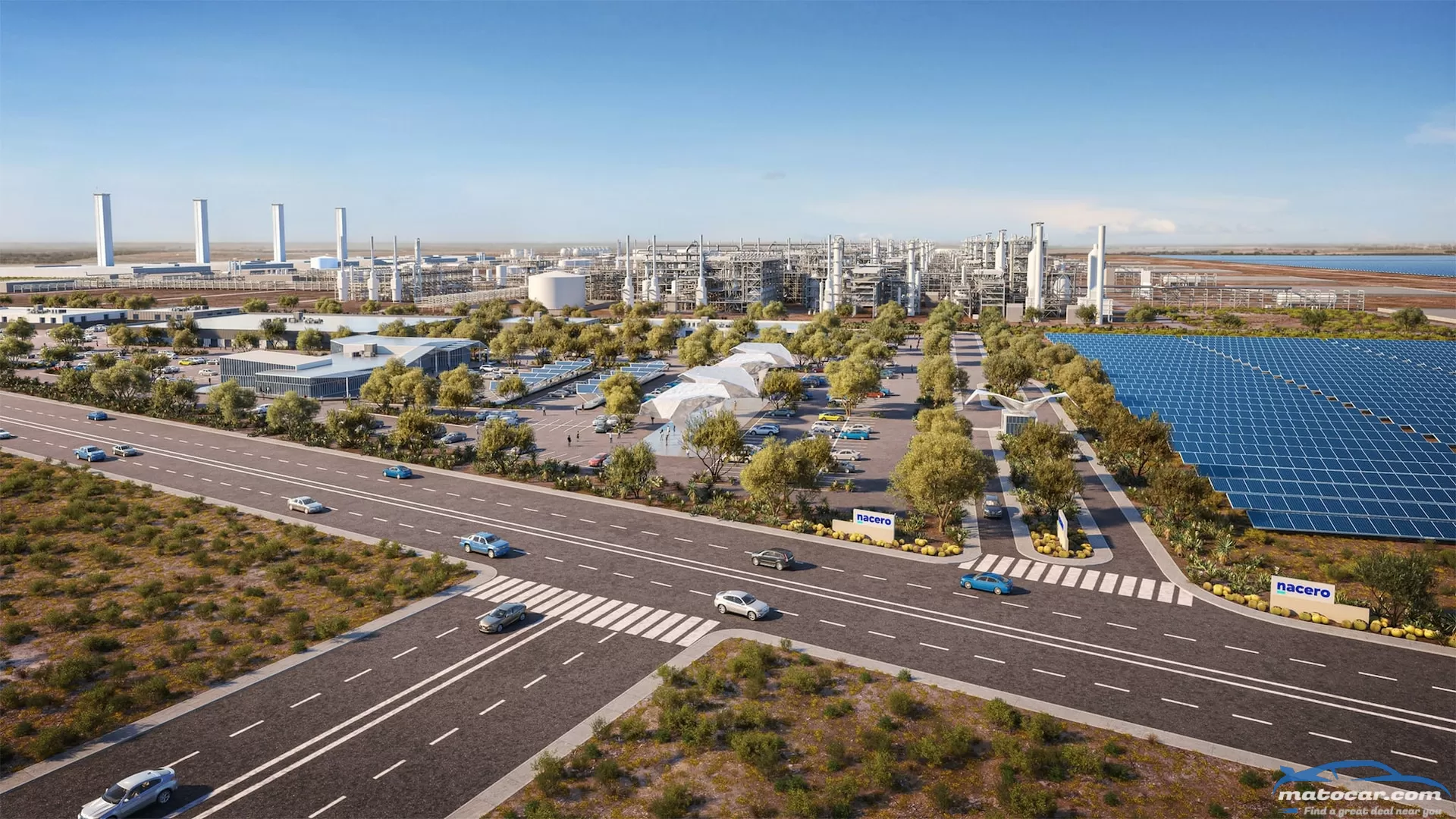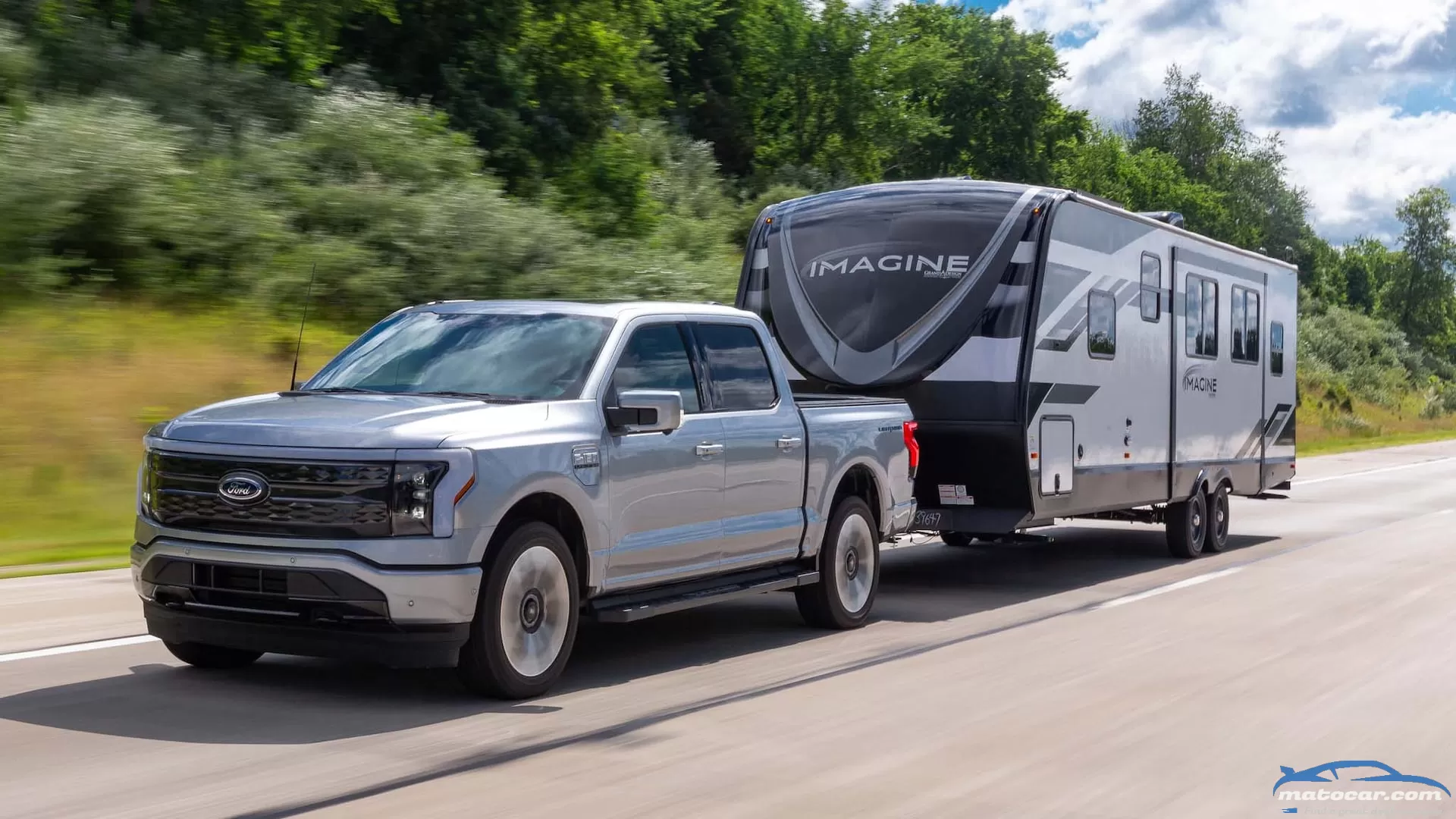VW's ID Buzz EV Reimagined as a Classic Doka Pickup, Westy Camper, and More

You've seen Volkswagen's ID Buzz electric van, the new-age microbus, haven't you? If not, what are you waiting for? The automaker's iconic bus is back, first as a two-row compact-ish van with a boxy profile and simple, retro-futuristic interior, and later in all likelihood as a three-row, slightly larger variation. Having just debuted for global markets, the ID Buzz is headed to the U.S. sometime next year—which gives VW and longtime brand affiliates time to make a few classic microbus and Vanagon variations happen. We're talking Dokas (the DoppelKabine crew-cab pickups based on T1s and Vanagons), Porsche racing support vans, Westfalia campers, and more. To get you as excited as we are based on nothing but wild speculation, we've whipped up these illustrations of the ID Buzz models we hope to see soon:
You may also like
In September 2021 we covered a new "green gasoline" concept from Nacero, that involves constructing gasoline hydrocarbons by assembling smaller methane molecules from natural gas. Then in February 2022 the company inked a 20-year deal with NextEra to supply wind power to Nacero's Penwell factory in a bid to halve the lifecycle carbon footprint of its gasoline with the potential to take that number to zero. In so doing, the company claimed that the four million drivers burning Nacero gasoline will deliver the equivalent carbon savings of swapping 11 million ICE vehicles for EVs(!). We politely asked to see their math.NORCO, LA - AUGUST 21: A gas flare from the Shell Chemical LP petroleum refinery illuminates the sky on August 21, 2019 in Norco, Louisiana. Located about 10 miles up the Mississippi River from New Orleans, the plant agreed to install $10 million in pollution monitoring and control equipment in 2018 to settle allegations that flares used to burn off emissions were operating in violation of federal law (the Clean Air Act). Many of the coastal parishes in Louisiana have a long and ongoing history in oil and gas production, which is often at odds with concerns of environmentalists. (Photo by Drew Angerer/Getty Images)55-Percent CO2 Savings from the Production ProcessNacero's 93,000-barrels-per-day Penwell facility will earn a lifecycle (Scope 1-3) CO2 equivalent footprint* of 25 million metric tons per year. That's a 55-percent reduction from the 56 million tons that a typical crude-oil plant would be assigned for producing an equivalent amount. This is mostly because refining gasoline by cutting down super long and complex hydrocarbons from crude results in all sorts of other heavier, dirtier byproducts that you simply don't get when assembling gasoline from smaller methane molecules.*Scope 1 figures in direct emissions from sources owned by Penwell; Scope 2 is indirect emissions from purchased electricity, steam, heat, and cooling; and Scope 3 covers all other emissions associated with a company's activities (emissions from the use of the product, its transportation, waste generation and disposal, etc. ).8 Million Metric Tons Not IncludedOf that 25 million MT figure, 8 million are assigned to activities like natural gas extraction and fuel hauling, which are the responsibility of other companies who can claim credit for the carbon reduction they bring about, so to be conservative, Nacero's calculations do NOT include these savings. This avoids the potential for double counting them.Zeroing Out the Last 17 Million Metric TonsNacero uses four pathways to offset most of the remaining 17 million metric tons:Pre-combustion carbon capture and sequestration (1.4 million metric tons of Scope 1 emissions). This is accomplished using an absorber tower with a hot potassium carbonate solution that collects the CO2 that concentrates at the point where natural gas is converted to syngas on its way to becoming gasoline. Post-combustion carbon capture sequestration (1.5 million metric tons of Scope 1 emissions) A chemical solvent scrubs CO2 from flue gas generated by heater stacks employed throughout the facility, using existing, commercially proven technologies. The captured CO2 gets compressed and piped to a nearby oil field for use enhancing oil recovery, which sequesters the CO2 underground. Use of 100 percent renewable power (0.9 million metric tons of Scope 2 emissions) Here's where the recently inked NextEra deal for wind energy comes in. Use of renewable natural gas (11.8 million metric tons of Scope 3 emissions). The major sources of renewable natural gas today are landfills, animal manure, and solid waste extracted during wastewater treatment—all sources of waste that are continuously produced by present-day activities. Arriving at that 11 Million EVs Number…So to recap, there's 31 million metric tons of CO2 savings right off the bat from the refining process, plus at least 15.6 million metric tons from the four steps listed above. That's 46.6 million metric tons. The US Department of Energy assigns a typical gasoline vehicle a well-to-wheels pounds of CO2 Equivalent rating of 11,435 pounds, while an EV charged at the national-average electric grid's carbon equivalence gets a rating of 3,932 pounds. Using that math, switching just under 13.7 million gas cars to pure EVs across the country would save an equivalent amount of CO2. Nacero rounded down considerably to make its 11 million EVs claim conservative.When and How Much?Construction on the Penwell facility is just getting underway with a target of partially opening in 2025, making gasoline that warrants that 55-percent improvement over gasoline from crude. While the company has started arranging contracts for renewable methane, it's expected to take 10 years to source enough to fully eliminate that last 21 percent improvement. And a per-gallon cost is yet to be set for the gasoline but it's likely to be tiered. Nacero Blue gas is expected to be priced competitively with crude-based gasoline (the natural gas feedstock is way cheaper than crude), while Nacero Green will cost more to account for the added expense of sourcing renewable natural gas. Note that the gasoline may not actually be constructed of this gas, Nacero will simply contract to have an equivalent quantity of renewable natural gas injected into the national grid.
ford f-150-lightning Full Overview How Much Can the Ford F-150 Lightning Tow?2022 Ford F-150 Lightning Towing Capacity Standard-Range Battery Extended-Range Battery Pro XLT Lariat Platinum Show AllThe Test: Towing the LineThe Results: How Far Can a Ford F-150 Lightning Tow?2022 Ford F-150 Lightning Platinum Towing Test Forest River R Pod RP-153 Coachmen Freedom Express 246RKS Grand Design Imagine 2910BH TRAILER WEIGHT LENGTH APPROXIMATE FRONTAL AREA MT ROAD-TRIP RANGE Show AllWhat's It Like To Tow With the Ford F-150 Lightning?Looks good! More details?
The old Grand Cherokee is out, and the new Grand Cherokee is in. Or is it? Production of the outgoing Jeep Grand Cherokee—chassis code WK2—has ended, according to a Jeep representative, but it can still be found on sale as a 2022 model alongside its replacement, the new 2022 Grand Cherokee WL (the one available, for the first time ever, as a three-row). This overlap of old and new offered simultaneously is nothing new—there's the Ram Classic, for example—and Jeep had mentioned it'd happen when the new WL arrived.But that was over a year ago. That you can still find the Grand Cherokee WK2 on Jeep's website, listed as a new offering alongside the new Grand Cherokee WL, is surprising. So, we checked with Jeep on what was going on, and found out that you can't configure or order a new (old) WK2, which only is available in Laredo E, Laredo X, and Limited trims. You'll need to consult dealerships directly about any remaining WK2 inventory.All vehicles are quite pricey right now, and these "old" WK2s are no exception, at least going by a quick glance at inventory prices. On the configurator, the least-expensive old Grand Cherokee is only $1,345 less than the new Grand. If you're looking for a deal, opting for the outgoing Grand may not be the best bet. If you're craving a WK2, though, there's still hope while inventory lasts. If your search for a WK2 falls short, remember, there's always its platform twin, the (three-row) Dodge Durango.A W-what? A WL-who?Some surprises are good, but others aren't. Here's the bottom line: Know what 2022 Jeep Grand Cherokee you're buying because there are two—at least while inventory lasts. To help, here is a quick rundown of the Jeep Grand Cherokee's generations:1st generation "ZJ" (1993-1998)2nd generation "WJ" (1999-2004)3rd generation "WK" (2005-2010)4th generation "WK2" (2011-2022)5th generation "WL" (2021-22 three-row L)/2022 two-row)Jeep has sold 7 million Grand Cherokees globally since 1992. The new Grand Cherokee runs on a new platform befitting of its new muscular look and offers a new plug-in hybrid (PHEV) powertrain for the 4xe that pairs a 270-hp, 295-lb-ft turbo 2.0-liter I-4 with a 134-hp, 195-lb-ft traction motor that replaces the eight-speed automatic transmission's torque converter (as well as a 44-hp, 39-lb-ft starter/generator motor that acts on the accessory drive pulley) for a combined 375 hp and 470 lb-ft of torque. Fuel economy for the PHEV rates at 56 mpg-e combined with 25 miles of all-electric driving range thanks to a 17-kWh battery pack. For the 2023 model year, the 4xe powertrain will be the only way buyers can order a Grand Cherokee Trailhawk. The other WL-generation powertrains carry over from the WK, including the entry-level 3.6-liter V-6 and 5.7-liter V-8.




0 Comments